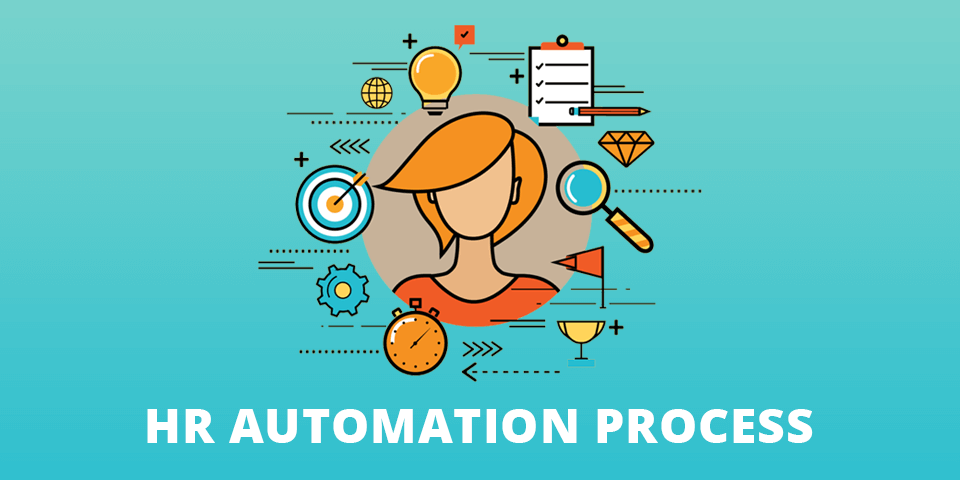In every organisation, payroll plays a crucial role in maintaining employee satisfaction and ensuring compliance with laws. But managing payroll manually can be stressful, time-consuming, and prone to mistakes. From calculating salaries and deductions to managing taxes and statutory contributions, one small error can lead to financial losses, employee dissatisfaction, or even legal trouble.
This is where a modern Human Resource Management System (HRMS) steps in. With automation, HRMS simplifies payroll processing and reduces manual workload, making the entire system more accurate and efficient. For growing businesses in India, HRMS-based payroll management is becoming a necessity rather than an option.
In this article, we explore how HRMS automation transforms payroll management and significantly reduces errors.
Why Manual Payroll Leads to Errors
Before understanding how HRMS helps, it’s important to know why manual payroll systems often fail.
- Human Calculation Errors
Even experienced HR teams can miscalculate overtime, incentives, bonuses, or tax deductions. - Complex Salary Structures
Indian salary structures include basic pay, HRA, PF, ESIC, professional tax, reimbursements, and more—making manual calculations difficult. - Frequent Policy Updates
Changes in tax laws or compliance rules require constant updates, and missing these changes can cause costly mistakes. - Data Duplication
Multiple spreadsheets and manual entries increase the chances of mismatched or outdated data. - High Time Consumption
Manual processing takes hours or days, especially for companies with large teams.
How HRMS Automation Makes Payroll Error-Free
Modern HRMS platforms are designed to automate repetitive tasks and improve accuracy. Here’s how they reduce payroll errors:
1. Automated Calculations
HRMS automatically calculates salaries, allowances, deductions, PF, ESIC, TDS, and other components based on pre-set rules.
This reduces dependency on manual formulas and ensures consistent and accurate salary processing every month.
2. Real-Time Data Sync
HRMS integrates attendance, leave, and shift data directly into payroll.
For example:
- Late coming
- Overtime
- Half-days
- Paid and unpaid leave
This real-time syncing ensures that salary is calculated based on actual employee working hours.
3. Compliance Built-In
Payroll compliance in India changes frequently. HRMS platforms automatically update:
- PF contribution rates
- ESIC rules
- TDS slabs
- Professional tax rates
This ensures complete legal compliance and reduces the risk of penalties.
4. Secure Data Storage
Spreadsheets can get corrupted or lost, but HRMS stores payroll data securely in the cloud.
This protects against:
- Misplaced files
- Unauthorised access
- Data tampering
5. Automated Salary Slips
HRMS generates digital salary slips instantly with all required financial details. Employees can download them anytime, reducing HR requests.
6. Reduced Human Intervention
Less manual work means fewer errors. HR teams can focus on strategic work like employee engagement instead of repetitive monthly tasks.
7. Audit Trails for Transparency
Every change in employee data—like CTC revision or promotion—is tracked.
If an error happens, HR can easily check:
- Who made the change
- When it was made
- What data was updated
This improves accountability.
Additional Benefits of HRMS Payroll Automation
Beyond reducing errors, HRMS offers several long-term advantages:
Faster Payroll Processing
Automation reduces payroll time from days to hours or even minutes—especially for large organisations.
Better Employee Satisfaction
Employees get accurate salaries on time, which improves trust and reduces complaints.
Easy Scalability
As companies grow, HRMS handles payroll for hundreds or thousands of employees without extra workload.
Customisable Salary Structures
Different departments or job roles may have different salary components. HRMS allows custom configuration for every employee.
Cost Savings
Automation reduces dependency on manual manpower and external payroll consultants.
Common Payroll Mistakes HRMS Helps Avoid
Here are some typical payroll errors that HRMS prevents:
- Wrong tax calculation
- Incorrect overtime payment
- Missed deductions
- Processing salary for inactive employees
- Duplicate data entries
- Mismatched attendance records
- Incorrect reimbursements
- Wrong payment dates
By eliminating these mistakes, HRMS ensures financial accuracy and compliance.
Why Indian Businesses Are Switching to HRMS Payroll
Whether it’s a startup, SME, or large enterprise, businesses across India are adopting HRMS for payroll because:
- Workforce size is growing
- Hybrid and flexible shifts require accurate time tracking
- Compliance laws are getting updated frequently
- Manual systems cannot keep pace with digital transformation
Automation has become essential for smooth and accurate HR operations.
Conclusion
Payroll management is a critical function that directly affects employee satisfaction and business credibility. Manual payroll systems are slow and error-prone, leading to financial losses and compliance risks. HRMS automation solves these challenges by offering accurate calculations, real-time data sync, built-in compliance, and secure recordkeeping.
For Indian businesses aiming for efficiency and accuracy, adopting HRMS-based payroll management is one of the best decisions they can make.








